Scroll Down to Read Today’s Essay
Subscribe to Baseball History Comes Alive for automatic updates. As a Free Bonus, you’ll get instant access to my Special Report: Gary’s Handy Dandy World Series Reference Guide
Ross Youngs Photo Gallery
Click on any image below to see photos in full size and to start Photo Gallery:
We welcome back Michael Keedy (fresh off his book signing tour!), with another edition of our ongoing series of Mystery Players. As usual, his identity won’t be too hard for our crack, highly-informed readership to decipher. We see him in the featured photo with fellow Giant teammates (Getty Images). Come back later today when his identity will be revealed. In the meantime, I think you’ll enjoy Michael’s interesting account of this fine ballplayer who left this world way too soon. -GL
Michael Keedy’s Mystery Player No. Eight
No Great Surprise:
It’s Ross Youngs!
“. . .of all sad words of tongue or pen, the saddest are these: ‘It might have been!'”
-John Greenleaf Whittier
Baseball historians share a sympathetic fascination for the late bloomer: a legendary player whose days of big-league glory are postponed unjustly beyond his athletic prime (Dazzy Vance, Lefty O’Doul, Sal Maglie). We are equally if somewhat morbidly intrigued by world-class players whose youthful dominance is cut short by injury or disease (Pete Reiser, Herb Score, Addie Joss) – or worse, denied altogether by an unspeakably premature death (with identities and potentialities that can never be anything more than the stuff that dreams are made on).
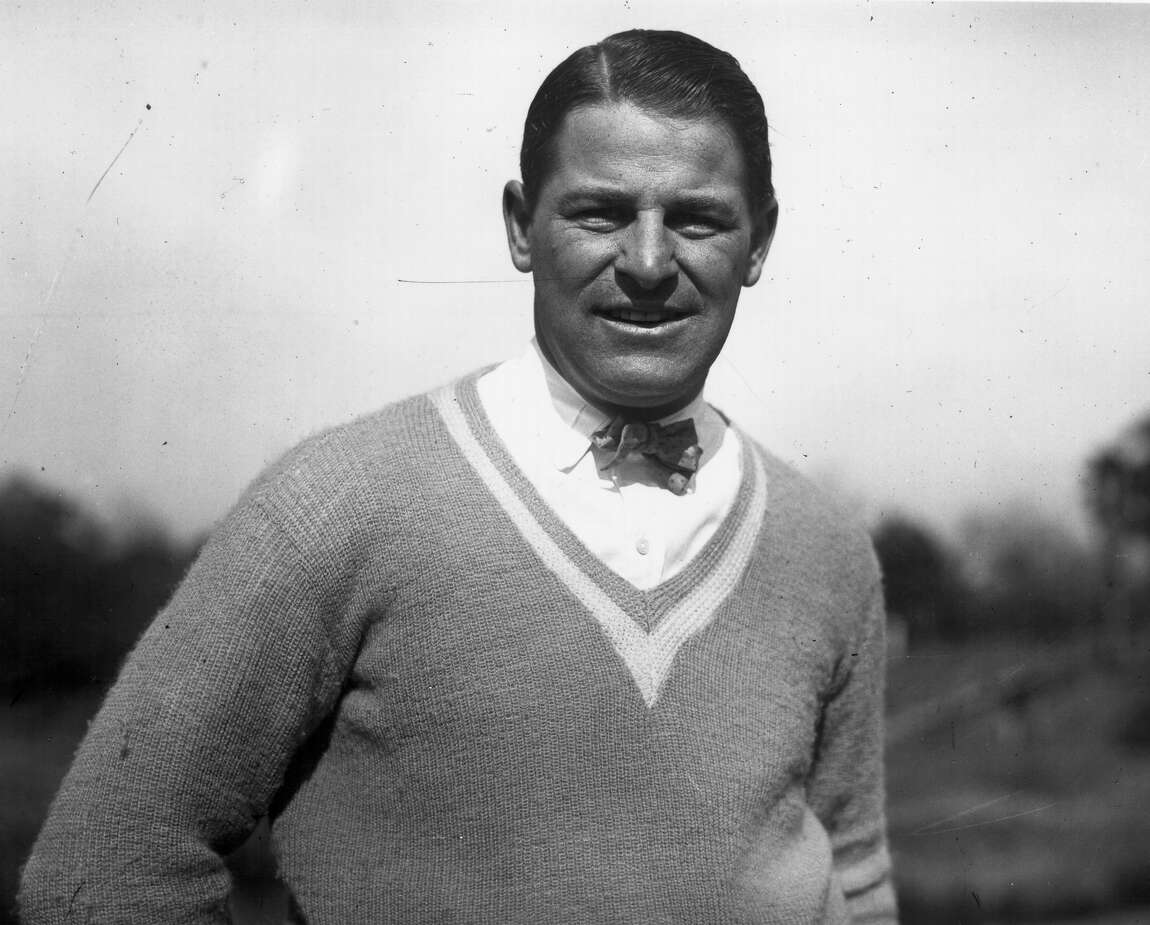
Our newest profile of a bright star whose blazing light darkened and disappeared well before its time features a four-tool member of the 1920s New York Giants. Called by Hall of Fame manager John McGraw “the greatest outfielder I ever saw,” he was considered by Burleigh Grimes, Brooklyn’s Hall-of-Fame pitcher, the best player of them all. Not only did this Mystery Man die at the youngest age of any Hall of Famer (30); he played his last baseball game at the tender age of 29. In that final and shortened season (1926), though plagued by a deadly kidney disease that would soon take his life, he batted over .300 for the ninth time in a brutally brief, ten-year career in the major leagues. (The first of those “years” consisted of just seven late-season games, but was used to help justify his eventual enshrinement, 45 years following an excruciatingly early death.)
Starring in football, track-and-field, basketball, and (oh, yes) baseball in high school and vocational school, this Texas native might well have gone on to fame and fortune as a college and NFL football player had he not opted instead for a career in pro baseball. His rival Joe Straus, contemporary gridiron great at a competing school in San Antonio, told New York sportswriter Frank Graham after twice becoming a Walter Camp All-American at the University of Pennsylvania, Our Man of Mystery was so much his superior that, “if he had gone to Penn with me, you’d never have heard of me.”
Having declined a number of chances to play college ball on a football scholarship, at age 19 our future Hall-of-Famer became an infielder in the Class D Western Association, where he batted a league-leading .362, outpacing all comers in runs and hits, and stealing 42 bases. Dick Kinsella, scouting Mr. Anonymous for the New York Giants at the end of that (1916) season, advised McGraw to “grab him,” and grab him the big club did. Sending his prize discovery to Rochester in the Class AA International League following spring training in ’17, Little Napoleon told Hustlers’ manager Mickey Doolan:
“I’m giving you a kid who is going to be a great ballplayer. Take good care of him, because if anything happens to him, I’ll hold you responsible.”
(One can only speculate how much credit was heaped upon Doolan for what followed that cautionary admonition, but history confirms no particular ill fortune befell the aforementioned “kid” during his critical, preparatory season. Not yet.)
Making the jump from Class D ball in 1917, our 20-year-old hammered Double-A pitching at a .356 clip for Rochester, second only to player-manager Nap Lajoie’s .380 (Toronto), and earning himself an invitation to join the Giants that September. In seven road games at the end of the year, his .346 average hinted that the minor-league numbers preceding him were perhaps no fluke. Already showing signs of being a “man among men,” he was the youngest player in the National League. (If only he might be given the chance to grow old!)
By now a fixture in the majors, in 1918 our wunderkind logged a .302 average, becoming one of just six regulars in the league to hit .300. His big-league career had definitely been launched: A young, hungry, and aggressive 21-year-old with a sharp batting eye, great speed on the bases and a cannon arm in right, he showed all the “hustle and desire” that would appeal to his like-minded and equally combative field boss. Indeed, John McGraw, who later decided Dr. X “could do everything a baseball player should do, and do it better than most,” soon began grooming his protege to succeed him as the team’s manager, a planned destiny ultimately derailed by the cruelest of fates. McGraw was so enamored of his cherished right-fielder, in fact, that he kept just two photographs on display in his office, our yet-to-be-identified world-beater was one. The second? None other than “Big Six,” the legendary Christy Mathewson himself.
As the years sped by, “Ty Cobb Junior” (as he was known) rang up averages of .311 (third-best in the league); .351 (second only to Rogers Hornsby’s .370 for the Cardinals); .327 (along with the third-most runs-batted in), .331 (plus a league-leading 28 outfield assists); .336 (not to mention a league-best 121 runs scored), 1919-through ’23, respectively. His championship-minded Giants took their second straight world title in 1922, sweeping the fabled Yankees in four quick games, with Ty, Jr. hitting .375 for the Series and driving home the winning run in a 4-3 finale.
In 1924, the Giants’ fourth consecutive pennant-winner was aided and abetted by our man’s career-best .356 average, but he was forced by streptococcus to miss three weeks in mid-season, and suddenly his life and career were in serious jeopardy. His batting average dipped below .300 for the first and only time the following year; the Giants slid into second place behind the (world champion) Pittsburgh Pirates; and by 1926, his very last season, on McGraw’s orders this descending star had to be accompanied both home and away by a male nurse, charged with monitoring his diet, stamina, and overall health. In an era before the discovery of antibiotics, his “strep throat” later migrated into his kidneys, and at age 29 he was essentially a goner, leaving behind a .322 career batting average, and five seasons in which he led the league in assists.
Another early victim of a dread and uncontrollable disease, the great Christy Mathewson had been exposed to gas poisoning in WWI France,1918, and died of tuberculosis in 1925 as a result. Following our Mystery Man’s death two years later, these two idols were honored by their beloved New York Giants with commemorative tablets, added to the outfield wall in the Polo Grounds. Sportswriter John Kieran, who followed the team throughout their run of pennants in the 1920s, said of this anonymous outfielder:
“A brave, untrammeled spirit of the diamond, who brought glory to himself and his team by his strong, aggressive, courageous play. He won the admiration of the nation’s fans, the love and esteem of his friends and teammates, and the respect of his opponents. He played the game.”
With the considerable lobbying efforts of former teammates Bill Terry and Frank Frisch, both of whom were members of the Veterans Committee by then, Ross Youngs was elected to the Hall of Fame in 1972. Regarded as a victim of the so-called “Smoky Joe Wood Syndrome” (a term reserved for extraordinary ballplayers whose promising careers were curtailed by illness or injury), he was included by Lawrence Ritter and Donald Honig in their esteemed book, The 100 Greatest Baseball Players of All Time. Fellow Hall of Famer Rube Waddell and he, both of whom died in their thirties, have been laid to rest in Mission Burial Park, San Antonio.
Michael H. Keedy
References: Wikipedia; Baseball Reference; Society for American Baseball Research
Subscribe to our website, Baseball History Comes Alive! with over 1400 fully categorized baseball essays and photo galleries, now surpassing the one million hits mark with 1.044M hits and over 850 subscribers:
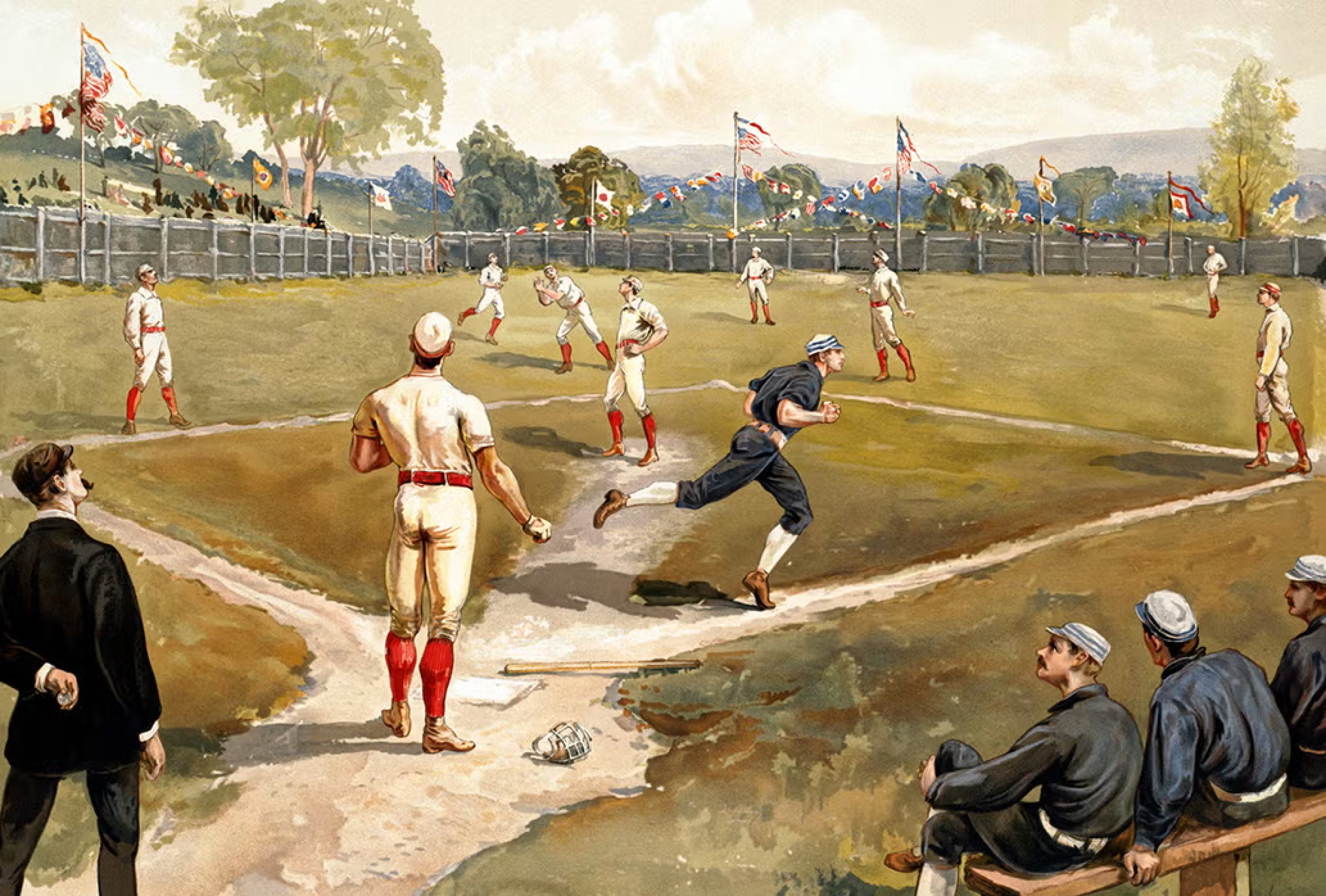
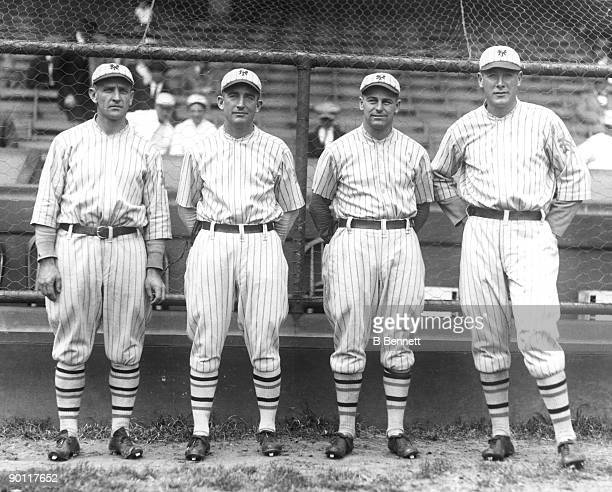
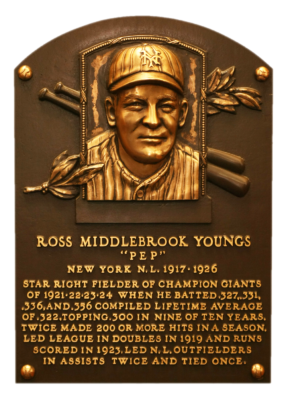
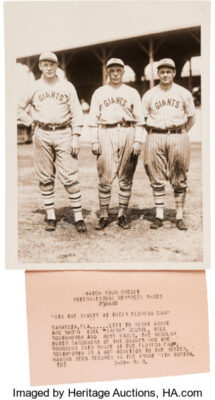
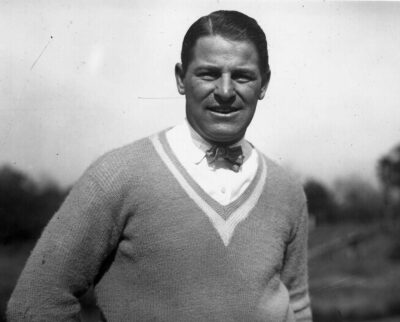
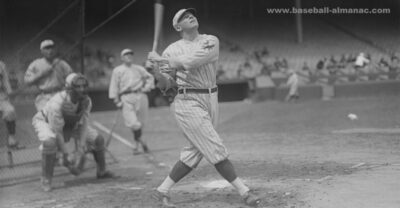
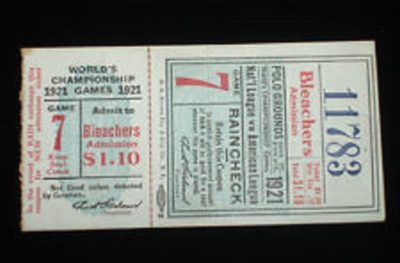
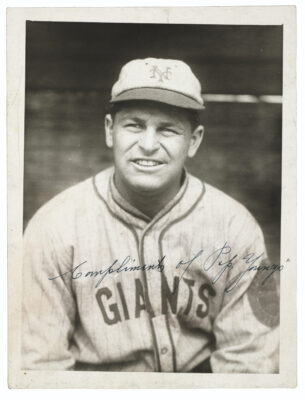
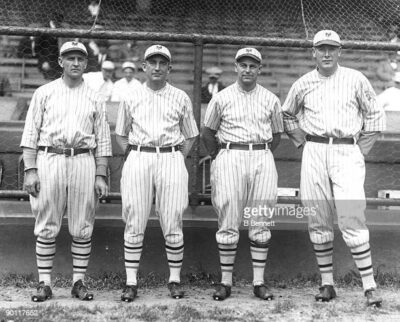
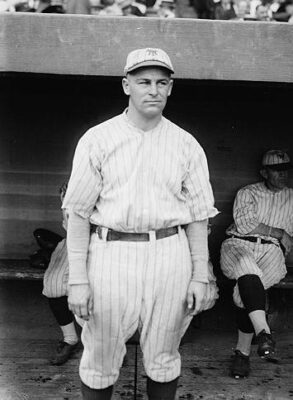
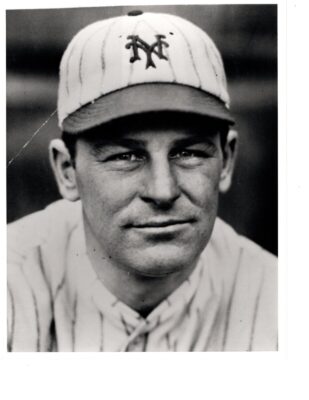
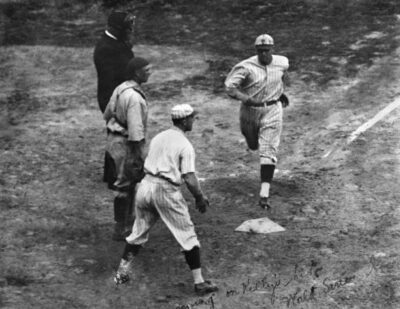

Nice job Michael! He was also known as ‘Pep’!
Yes, Senor Keedy does fine work {read his “10 Greatest WS Catches” book, and got a “John Hancock”}. Among the too-long-of-a-list of players who passed at a very young age, this is a sad story indeed. Ross Young’s career was cut short by illness, not by a decline in his ability. Thnx, Gary.
Thanks Tom!